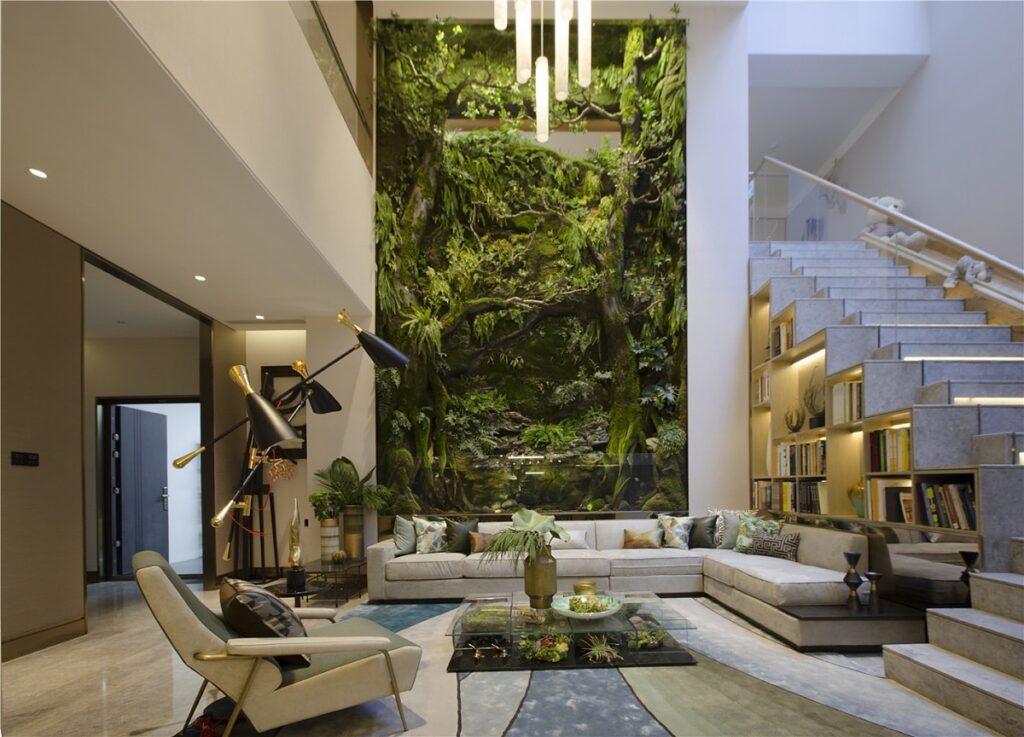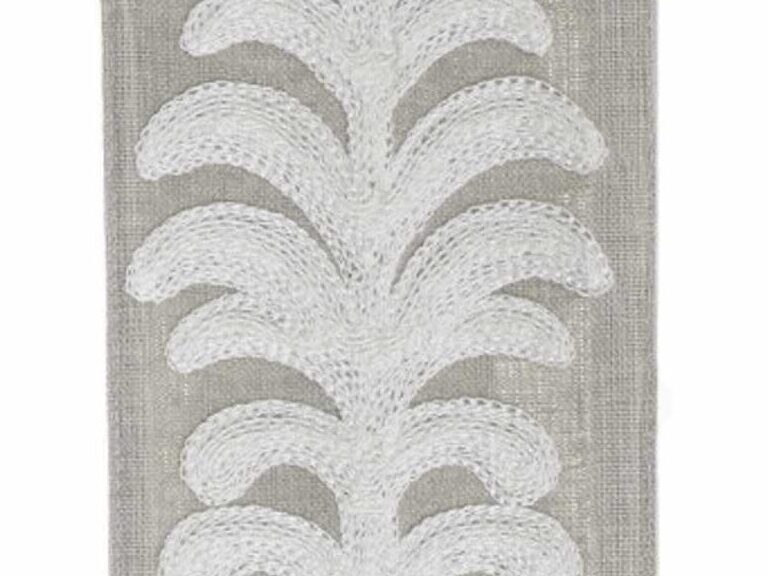I’ve always proclaimed that my process for interior design is a culmination of science, creativity, style, and practicality. The end result of which is a beautiful, inviting, functional space. It has been brought to my attention that the end product of beautiful spaces can actually be good for your health and the study of this phenomenon has a name…Neuroaesthetics.
Let’s get technical for a sec. Neuroaesthetics is a field of study that explores the relationship between the brain and aesthetic experiences. It is an interdisciplinary field that combines neuroscience, psychology, and art history to understand how the brain processes and responds to art and beauty. Overall, it’s a fascinating field that sheds light on the complex relationship between the brain (emotions and mood) and aesthetic experiences, and has the potential to inform and enhance our understanding of art, beauty, and creativity.

What’s it to us? Neuroaesthetics has important implications for interior design, as it provides insights into how different design elements can affect mood, cognitive function, and well-being. By incorporating these insights into their designs, designers can create spaces that are not only visually appealing but also promote health and well-being.


One of the core components is the use of fractals. Fractals are a geometric shape that can be divided or repeated, each copy a smaller, identical version of itself. As Mike Peterson, co-founder of Science and Design Summit points out in a podcast with Joe Raboine, fractals are organized complexity, much like how our brains have evolved so we seek out similar organized complexity in design. Naturally occurring fractals can be found in branches, fern leaves, spider webs, the veins on a leaf.
Other factors that can be used to incorporate nature, biophillia, or neuroaesthetics into your spaces include the following components:
1. Color: Color is a powerful tool in interior design, and research has shown that different colors can have different effects on mood and cognitive function. For example, warm colors such as red and orange can stimulate the brain and increase energy levels, while cool colors such as blue and green can promote relaxation and calmness.
2. Lighting: Lighting is another important factor in interior design, and research has shown that natural light can have a positive effect on mood and cognitive function. Exposure to natural light can improve sleep quality, enhance mood, and increase productivity.
3. Texture: Texture is an important element in interior design, and research has shown that different textures can have different effects on mood and cognitive function. For example, smooth textures can promote relaxation, while rough textures can stimulate the brain and increase energy levels.
4. Nature: Incorporating natural elements such as plants, water features, and natural materials into interior design can have a positive effect on mood and cognitive function. Also bridging the indoors and outdoors with more glass, folding doors to the outside, or enhancing the focal point of the exterior view. Exposure to nature has been shown to reduce stress levels, improve mood, and enhance cognitive function.
5. Art: Art is an important element in interior design, and research has shown that exposure to art can have a positive effect on mood and cognitive function. Viewing art can stimulate the brain and increase creativity, and can also promote relaxation and reduce stress levels.
:max_bytes(150000):strip_icc():format(webp)/bright-colorful-living-room-windows-plants-2hC9mXcR4G48aaah7cQ9qq-372d8cbc70ce4e2e81f9fca97a4f8f03.jpg)
By creating a more harmonious and healthy living environment, the positive impacts on both physical and mental health include reducing stress, improving air quality, boosting mood, and increasing productivity through improved cognitive function.
+ show Comments
- Hide Comments
add a comment